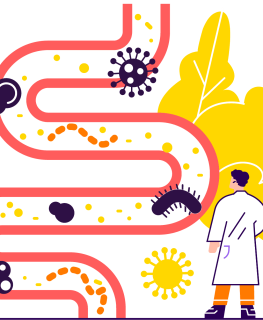There are more and more clinical trials being produced to help us understand useful dietary patterns to support Crohn’s disease. Your diet in remission should look very different from your diet in a flare.
The best suited diet will vary depending on individual disease activity and food preferences.













